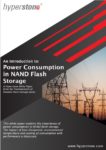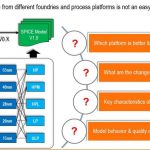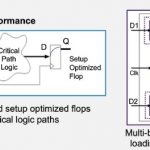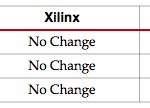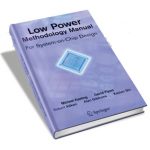IC designs need to operate reliably under varying conditions and avoid inefficiencies like leakage across power domains. But how do you verify that connections between IP blocks has been done properly? This is where reliability verification, Electrical Rule Checking (ERC) tools and dynamic simulations all come into play particularly… Read More
Tag: leakage
The Importance of Low Power for NAND Flash Storage
Even though we all know that reducing power consumption in NAND Flash Storage is a good idea, it is worthwhile to take a deeper dive into the underlying reasons for this. A white paper by Hyperstone, a leading developer of Flash controllers, discusses these topics providing useful insight into the problem and its solutions. The … Read More
Low power physical design in the age of FinFETs
Low power is now a goal for most digital circuit designs. This is to reduce costs for packaging, cooling, and electricity; to increase battery life; and to improve performance without overheating. I talked to the experts on physical design for ultra-low power at Mentor Graphics recently about the challenges to P&R tools and… Read More
Webinar: A Tool for Process and Device Evaluation
Not only are foundries continuing to introduce processes at new advanced nodes, they are frequently updating or adding processes at existing nodes. There are many examples that illustrate this well. TSMC now has 16FF, 16FF+ and now 16FFC. They are also announcing 10nm and 7nm processes. In addition, they are going back to older… Read More
Build Low Power IoT Design with Foundation IP at 40nm
In a power hungry world of semiconductor devices, multiple ways are being devised to budget power from system to transistor level. The success of IoT (Internet of Things) Edge devices specifically depend on lowest power, lowest area, optimal performance, and lowest cost. These devices need to be highly energy efficient for sustained… Read More
Keywords: FD-SOI, Cost, FinFET
How to synthesize a pretty good article Is SOI Really Less Expensive, and even more important the impressive amount of comments (56) generated? Let’s start with the initial article. Pretty good, but slightly biased, when you carefully dissect it, like I did in one of the comments (you can find it in-extenso at the end of this post).… Read More
Untangling snags earlier and reducing area by 10%
The over 20 years of experience behind Synopsys Design Compiler is getting a new look for 2014, and we had a few minutes with Priti Vijayvargiya, director of product marketing for RTL synthesis, to explore what’s in the latest version of the synthesis tool.
Previewed today, Synopsys Design Compiler 2013.12 continues to target … Read More
Xilinx At 28nm: Keeping Power Down
Almost without exception these days, semiconductor products face strict power and thermal budgets. Of course there are many issues with dynamic power but one big area that has been getting increasingly problematic is static power. For various technical reasons we can no longer reduce the voltage as much as we would like from one… Read More
Low power techniques
There was recently a forum discussion about the best low power techniques. Not surprisingly we didn’t come up with a new technique nobody had ever thought of but it was an interesting discussion.
First there are the techniques that by now have become standard. If anyone wants more details on these then two good resources are… Read More


